The US Book Show 2025: Essential Insights for Independent Publishers and Authors
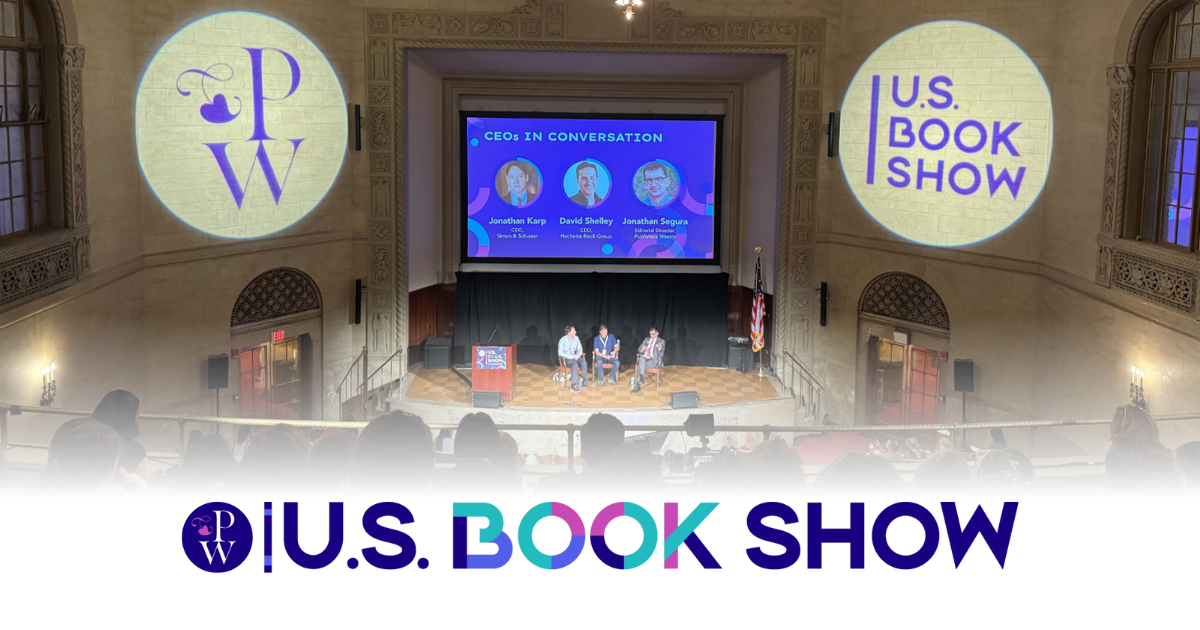
This week, I had the privilege of attending the US Book Show at the stunning New York Academy of Medicine, just a stone's throw from Central Park and a comfortable distance from the midtown hustle. The venue itself – a magnificent library and hall – provided the perfect backdrop for what would become one of the most insightful publishing events I've attended in years.
With over 700 attendees and an impressive array of sponsors showcasing their latest innovations, this Publishers Weekly-organized event brought together the brightest minds in publishing. From established industry giants to innovative startups, the sponsor booths buzzed with energy as companies like LMBPN Publishing (one of our valued PublishDrive customers and one of the most innovative publishers I know), World of Books with their mission to reinvent used book recycling and returns, Bowker as the industry standards, the biggest ISBN provider, the blockchain-focused book.io, Audible, Publiship to make fulfillment easier and Stable Book Publishing/Perfect Bound demonstrated the diverse landscape of today's publishing ecosystem.
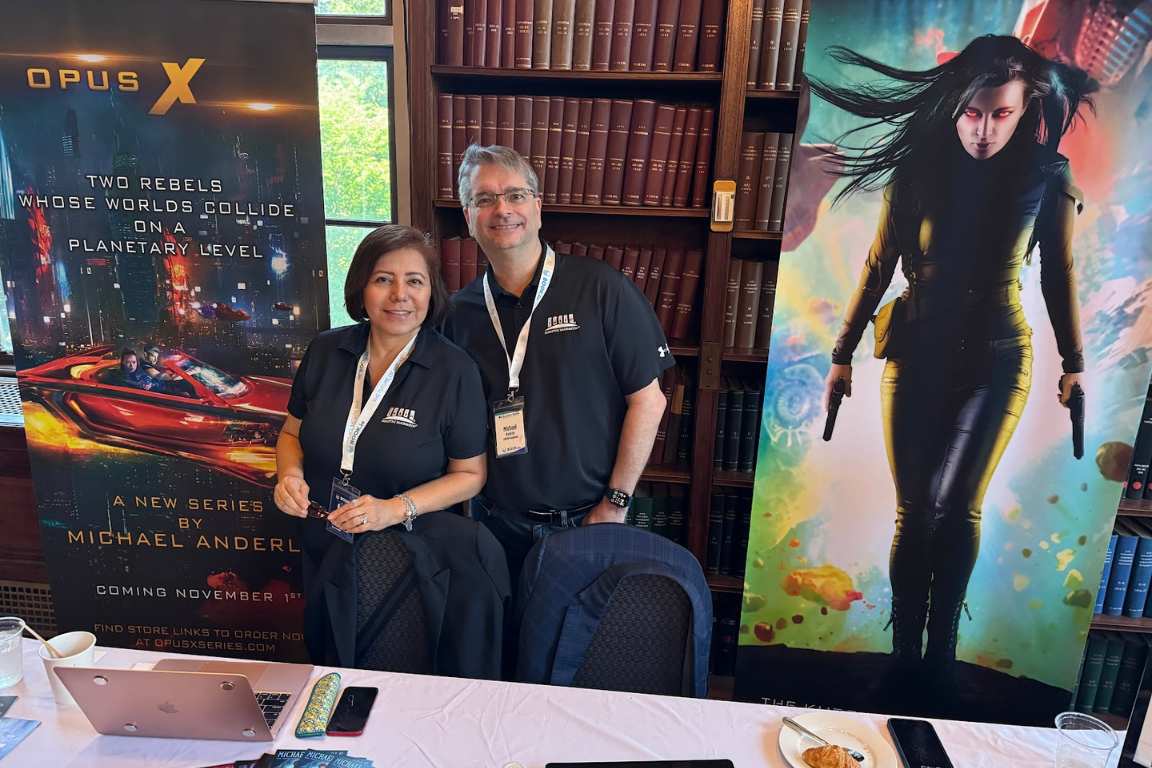
But beyond the networking and reconnecting with old industry friends while making incredible new connections, what struck me most was how the conversations throughout the day validated many of the trends we've been tracking at PublishDrive. For independent publishers and pro authors navigating today's complex landscape, these insights offer a roadmap for success in an industry that's transforming faster than ever.

The Retail Reality: Why Indies Have the Advantage
One of the most sobering revelations came early in the day when speakers discussed the current state of physical retail. Target recently announced they're cutting their fiction shelf space to just one foot per store. Let that sink in – one foot of shelf space for all fiction titles in stores that once dedicated entire sections to books.
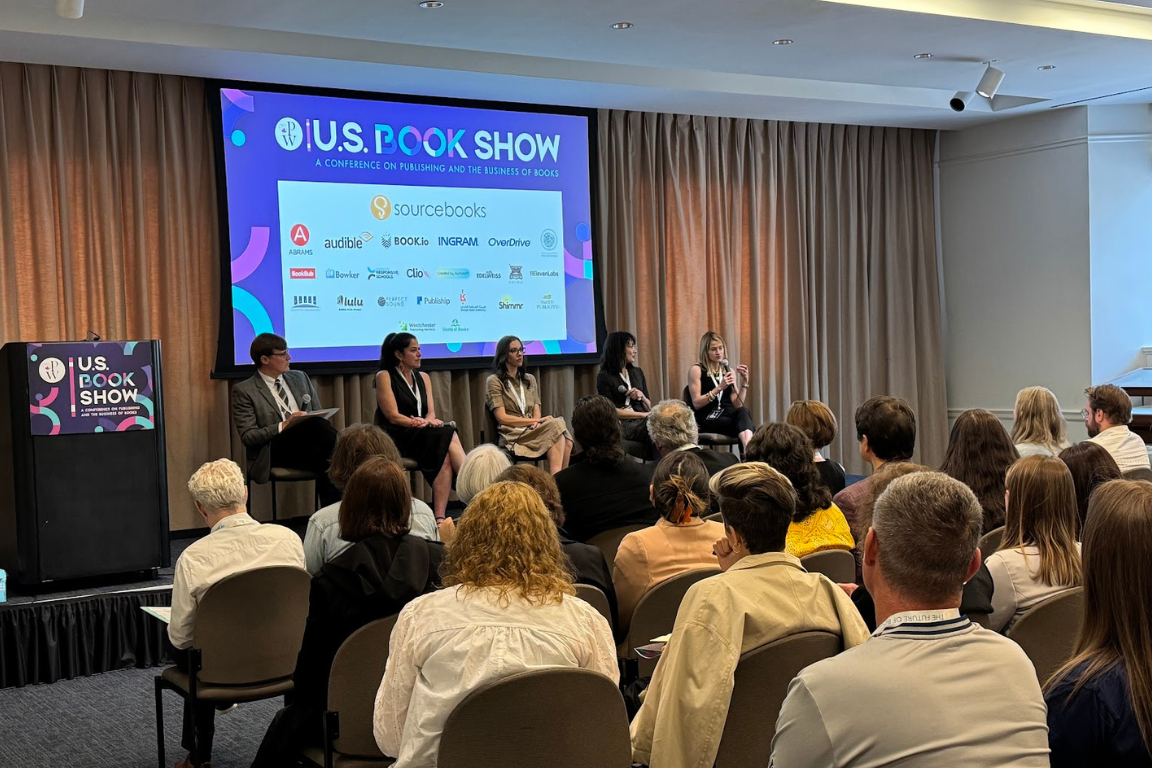
While this news might seem devastating, it actually levels the playing field for independent publishers. Traditional publishers who once relied on their relationships with major retailers to secure premium shelf placement are now facing the same constraints as everyone else. Meanwhile, indie publishers who've already embraced digital-first strategies are perfectly positioned to capitalize on the shift toward online discovery and sales.
At PublishDrive, we've seen this firsthand. Our distribution network reaches over 400 digital platforms worldwide, giving indie publishers access to global markets that were previously accessible only to major publishers with extensive distribution networks. Whether you're publishing ebooks, audiobooks, or print-on-demand titles, our platform ensures your books reach readers wherever they're shopping.
Audio: The New Goldmine for Independent Publishers
The numbers speak for themselves: the Audio Publishers Association just released their annual report showing audiobook sales revenue reached $2.22 billion in 2024 – a stunning 13% increase over the previous year. Even more impressive, 51% of Americans aged 18 and older (an estimated 134 million people) have listened to an audiobook, with 38% of non-listeners expressing interest, up from 32% last year.
Sarah Cantin, VP & Editorial Director of Fiction at St. Martin's Publishing Group, delivered what might have been the most prescient quote of the entire event: "If an author is not going to have necessarily the same chance to 'reinvent in paperback', maybe there's going to be longer tail growth with the audio; and that's where they're going to pick up new readers."
This insight is particularly relevant for indie publishers. While major publishers are still figuring out their audio strategies, nimble independents can move quickly to capitalize on this growing market. Lee Jarit from Audible provided compelling data: 29% of people who listen to an audiobook also read the ebook version. This isn't cannibalization; it's expansion.
General Fiction accounts for the largest share of audiobook revenue by genre and grew by 16% over 2023. Science Fiction/Fantasy, Romance, and General Non-Fiction make up the remaining top genres – exactly the categories where independent publishers excel.
The children's market is exploding, with Audible reporting 22% growth in kids' profiles during Q4 alone. Charlotte Bryla from Hachette highlighted that full cast audiobooks are becoming the new special editions, commanding premium prices and generating higher engagement than traditional single-narrator productions.
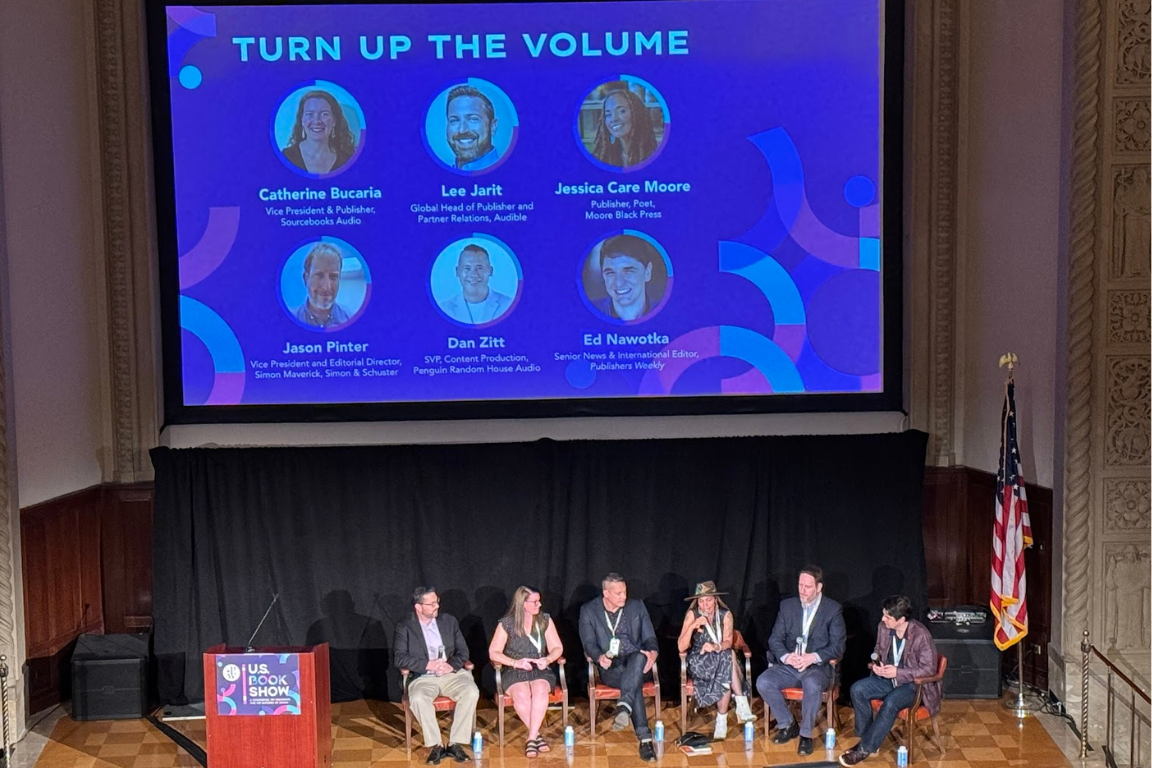
For indie publishers, PublishDrive's audiobook distribution opens doors to all major audio platforms, including Audible, Google Play Books, and Apple Audiobooks. Our streamlined process makes it easy to get your audio content to market quickly, often faster than traditional publishers can navigate their internal approval processes.
Steve Potash, CEO of OverDrive, confirmed that comics, manga, and graphic novels are experiencing tremendous growth alongside audiobooks, particularly in US schools. This presents opportunities for indie publishers willing to experiment with visual storytelling formats.

TikTok Shop: The Unexpected Equalizer
Perhaps no trend generated more excitement than the rise of TikTok Shop as a legitimate book sales channel. For independent publishers, this represents a massive opportunity to compete on equal footing with major publishers.
Leigh Marchant from Hachette shared their experience launching on TikTok Shop last November, while Charlotte Bryla provided a perfect example of the platform's potential: a book originally published in 1995 sold out completely within five days of being featured on TikTok Shop.
Michael Zhu, Head of Books & Entertainment at TikTok Shop, revealed the secret sauce: authentic creator conversations about books they're reading, not polished marketing campaigns. This actually favors indie publishers who can be more agile and authentic in their approach.
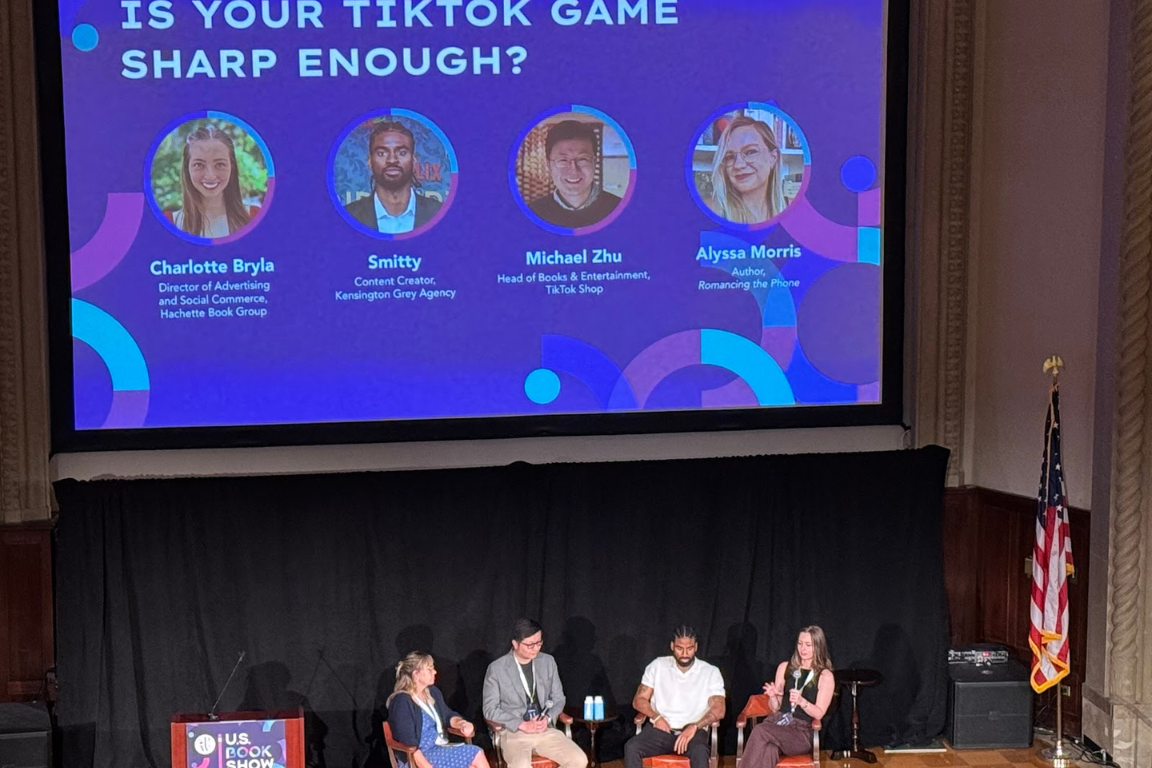
The most compelling case study came from a Romanian publisher specializing in herbal medicine and survival skills books. Through a targeted affiliate strategy – sending thousands of samples to top creators and offering higher commission rates – they built momentum that resulted in over one million copies sold through TikTok Shop.
Another success story involved "Hear Your Story," a self-published guiding journal. The author shared personal stories and experiences, generating authentic content that drove sales through genuine connection with readers – exactly the kind of authentic approach that indie publishers excel at.
The Creator Economy: Where Small Publishers Win Big
One of the most counterintuitive insights came from Smitty, a content creator working with Kensington Grey Agency. He challenged publishers to focus on micro-creators with 1,000-2,000 followers, or even as few as 500, rather than chasing mega-influencers with millions of followers.
This is where independent publishers have a natural advantage. While major publishers often have minimum spend requirements that make micro-influencer campaigns impractical, indies can build genuine relationships with passionate creators who align with their niche audiences.
The principle extends beyond social media. Multiple speakers emphasized that getting authors on niche podcasts with 8,000 listeners – where 7,900 are actual book buyers – is far more valuable than securing coverage in prestigious media outlets with massive but unengaged audiences.
For indie publishers, this means your marketing budget can go further by focusing on quality connections rather than vanity metrics. A $500 campaign with the right micro-creators can generate better ROI than a $5,000 campaign with macro-influencers.
Direct-to-Reader: The Independent Publisher's Superpower
Steve Potash from OverDrive emphasized that building direct relationships with readers represents the biggest trend in publishing today. This is perhaps where independent publishers have their greatest advantage over traditional publishers, who are often constrained by existing retailer relationships and corporate policies.
Indie publishers can experiment with direct sales, exclusive content, pre-order campaigns, and personalized reader experiences that larger publishers simply can't match.
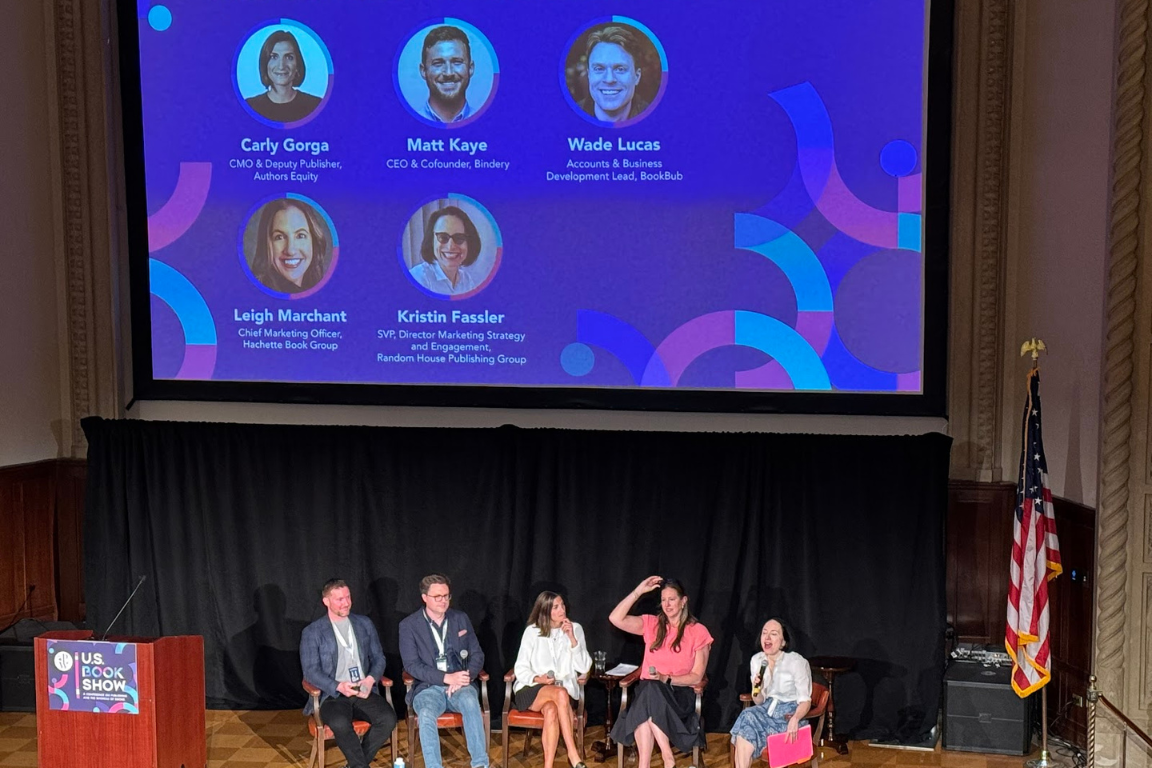
Our metadata optimization tools, powered by AI, help ensure your books are discoverable across all platforms, while our AI-driven cover image generation allows you to test different designs and find what resonates best with your target audience. These tools level the playing field, giving indie publishers access to professional-grade marketing capabilities that were previously available only to major publishers with large budgets.
Reviews and Reality: The Authentic Advantage
Vida Engstrand from Kensington Publishing provided crucial insights about what actually moves books today. Traditional paid reviews don't drive sales like they used to. Reader reviews, particularly on platforms like Amazon, have become far more influential.
She shared a perfect example: a New York Times-reviewed author whose book had only four Amazon reviews and wasn't selling well. Despite prestigious media coverage, the lack of authentic reader engagement translated to poor sales performance.
For indie publishers, this trend is encouraging. You don't need access to major media outlets to succeed; you need to build genuine relationships with readers who will authentically recommend your books. Engstrand's realistic approach – "Everyone is midlist" – aligns perfectly with successful indie publishing strategies that focus on building sustainable careers rather than chasing unicorn bestsellers.
The AI Revolution: Complement, Don't Replace
Throughout every session at the US Book Show, AI was a recurring topic of discussion. The consensus was clear: AI isn't going anywhere, and it's becoming an invaluable tool for various aspects of the publishing business. However, the key insight was that AI complements human creativity rather than replacing it.
Speakers emphasized that AI excels at brainstorming and generating initial ideas, but the best results come when AI-generated concepts are refined through human brainstorming sessions. It's a collaborative process where AI provides the raw material, and human creativity shapes it into something meaningful.
For independent publishers, AI is proving particularly valuable in managing production workflows, optimizing marketing campaigns, and handling daily administrative tasks. However, success with AI requires good prompting skills – something that can take time to learn and often involves prompts that are one or two pages long to get the desired results.
At PublishDrive, we've integrated AI-driven solutions throughout our platform to help independent publishers work more efficiently. Our metadata optimization uses AI to improve your book's discoverability across platforms, while our AI-powered cover generation tools help you create professional designs that compete with traditionally published titles. These tools handle the technical heavy lifting, freeing you to focus on what you do best: creating great content.
Authors as Business Partners: The Indie Advantage
Carly Gorga from Authors Equity presented a revolutionary approach to author relationships that indie publishers are already implementing. Rather than treating authors as content creators who hand over their work, Authors Equity involves authors in every aspect of business decision-making.
This partnership model is natural for indie publishers, who often work closely with authors throughout the publishing process. Unlike traditional publishers with rigid corporate structures, indie publishers can easily involve authors in strategy decisions, marketing planning, and distribution choices.
As Gorga put it, "We win together or lose together." This collaborative approach builds stronger author relationships and often results in better books and more effective marketing campaigns.
PublishDrive believes in collaboration tool, that’s why we created a transparent royalty management system, Abacus where you can invite authors, other collaborators and share the sales analytics and provide a clear and straightforward royalty tracking system.
The Long Game: Sustainable Growth Strategies
Kristin Fassler from Penguin Random House delivered crucial advice about measuring success: "Stick with it on the long term with activity." The anthology approach – building sustained engagement over time rather than seeking immediate viral success – proves more sustainable and profitable in the long run.
This long-term thinking is particularly important for indie publishers who may not have the marketing budgets for massive launch campaigns. Instead, focus on building consistent reader engagement, developing your author platform, and creating systems that support sustainable growth.
Matt Kayne from Bindery (formerly of Patreon) provided insights into how creators and their supporters form powerful community clusters. Successful indie publishers understand that it's not just about individual reader relationships; it's about building ecosystems where readers connect with each other, creating network effects that amplify reach and engagement.
Technology and Innovation: Staying Competitive
The sponsor booths showcased fascinating technological developments reshaping publishing. Book.io demonstrated blockchain applications for rights management. World of Books' focus on sustainable book recycling addresses growing environmental concerns.
For indie publishers, staying current with these technological developments is crucial for remaining competitive. PublishDrive's platform continuously evolves to incorporate new technologies and distribution channels, ensuring our publishers always have access to the latest tools and opportunities.
Our print-on-demand services eliminate the need for large upfront investments in inventory, especially ease of use as with a click a print-ready file can be converted from an ebook, while our global distribution network ensures your books reach readers worldwide. Combined with our AI-driven optimization tools, indie publishers can compete effectively with much larger competitors.
Practical Takeaways for Independent Publishers
Based on the insights from the US Book Show, here are the key strategies indie publishers should implement:
1. Embrace Audio First:
With $2.22 billion in annual revenue and 134 million Americans having tried audiobooks, the market opportunity is undeniable. Don't wait for the perfect moment to enter audiobook publishing. The market is growing rapidly, and early movers have significant advantages. PublishDrive's audiobook distribution makes it easy to test the waters without major upfront investments.
2. Focus on Micro-Creators:
Build relationships with passionate creators who have smaller but engaged audiences. These partnerships often deliver better ROI than expensive campaigns with mega-influencers.
3. Invest in Direct Relationships:
Use email marketing, social media, and exclusive content to build direct connections with readers. These relationships become more valuable as traditional retail channels contract.
4. Leverage AI Thoughtfully:
Use AI tools for optimization, workflow management, and brainstorming, but always combine AI output with human creativity and judgment. Invest time in learning effective prompting techniques.
5. Think Long-Term:
Build sustainable systems rather than chasing viral moments. Consistent engagement and quality content will outlast any marketing gimmick.
6. Stay Technology-Forward:
Keep experimenting with new platforms and tools. What seems niche today might be mainstream tomorrow.
The Future Belongs to Agile Publishers
As I left the New York Academy of Medicine and walked through Central Park, I reflected on how the conversations throughout the day had validated many of the trends we've been tracking at PublishDrive. The future of publishing isn't coming – it's here, being shaped by innovative publishers, creative authors, and engaged readers who understand that the best stories deserve to reach their audiences through whatever channels work best.
For independent publishers and pro authors, this transformation represents unprecedented opportunity. While traditional publishers struggle with legacy systems and corporate bureaucracy, indie publishers can move quickly to capitalize on emerging trends and technologies.
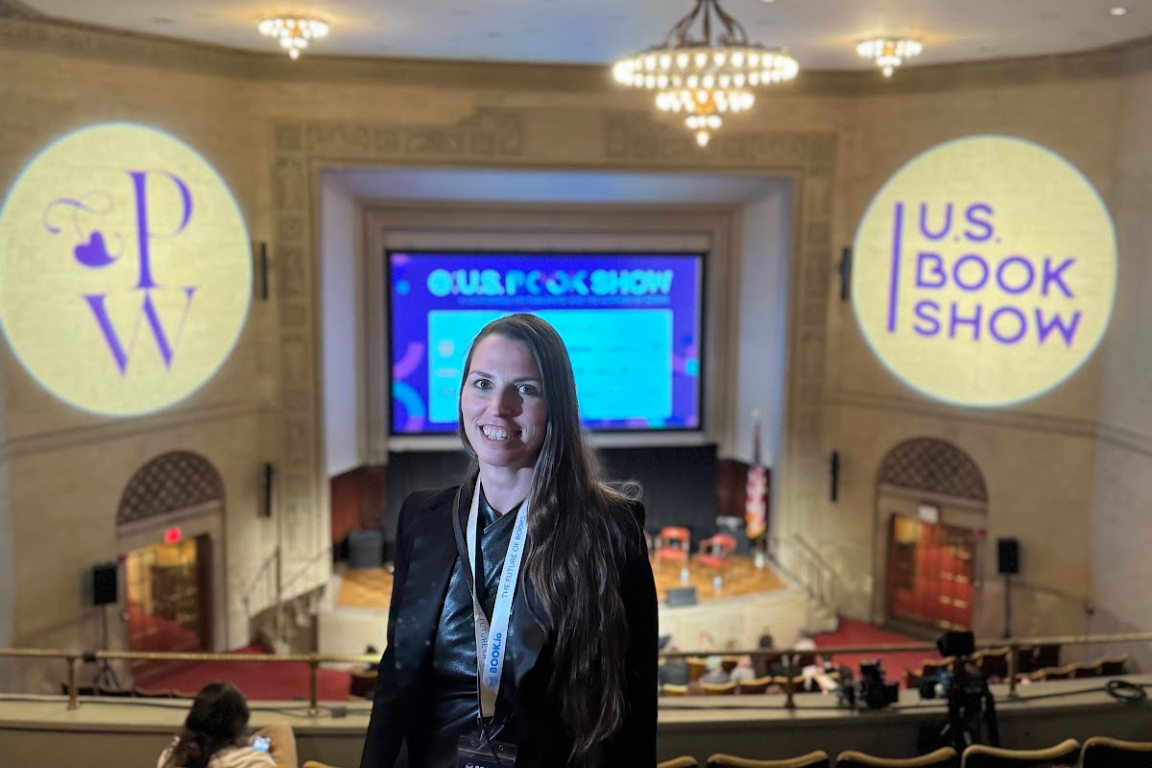
The audiobook market alone represents a $2.22 billion opportunity that's growing by double digits annually. The rise of TikTok Shop as a sales channel, the shift toward micro-creator partnerships, and the integration of AI tools into publishing workflows all favor nimble, authentic operators over corporate giants.
The question isn't whether these changes will happen; it's whether individual publishers will adapt quickly enough to thrive in this new landscape. Based on the energy and innovation displayed at the US Book Show, and the success we're seeing from our PublishDrive community, I'm optimistic about publishing's future – especially for those ready to embrace change and leverage the right tools to compete effectively.
The playing field has never been more level. With the right strategy, tools, and mindset, independent publishers can not only compete with traditional publishers but often outperform them by being more agile, authentic, and connected to their readers. The future of publishing is independent – and it's happening now.